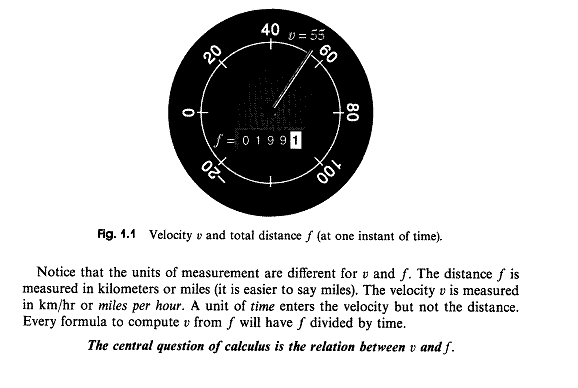- Reminder: turn off your rectangles.
- Quizzes returned
- Each problems was worth 1 point. You received 0, 1/2, or 1 point on each problem.
- For the most part, as a group, you didn't know
the definition of a function. This must
change. Definitions matter, and you need to have
them in your brain.
This course is concerned with doing things to functions. If you don't know what functions are, what chance do you have?
- You also struggled with classes of functions. I'm going to
continue to ask you about classes of functions and their properties.
You are the Keeper at the Function Zoo: you need to know the characteristics and value of each animal.
rule -- associates
with each x in domain D
just one y in range.
Often functions are not given by God, but rather created by humans (perhaps from data), so we often first model the functions based on data. Let's look at a few examples now, and ask what kinds of questions we might attempt to answer using them. We are studying calculus to be able to create and study functions like these.
Why is it important? Because of news stories like this (2012):
New Law in North Carolina Bans Latest Scientific Predictions of Sea-Level Rise.
Scientists (and mathematicians) make predictions based on data and reason, not on laws passed in State Houses; but those in the State Houses don't have to pay any attention. The people probably should, however -- especially those who own property along the coast.
- Gil Strang is one of the most important modern living
mathematicians, and here's his "Central Idea of Calculus":

The velocity part is the derivative; the total distance part is the integral. In this course, we're focused on derivatives, hence the velocity. In particular, we speak of "instantaneous velocity" -- the velocity at a single point in time.
That's what your speedometer is showing.
- Why are we concerned with "limits"? This slide
show illustrates the approach of the secant lines to the tangent
line for a smooth curve. It's one of the first important problems
we'll want to address in calculus. It's why we're interested in
limits of things at the outset.
Notice the focus on linear functions: linear functions are the most important functions in calculus.
- Let's look at some examples from 1.4, using Mathematica. We'll be
using Mathematica extensively in this class.
- Next time we'll continue with 1.4, but perhaps begin 1.5.
Website maintained by Andy Long. Comments appreciated.